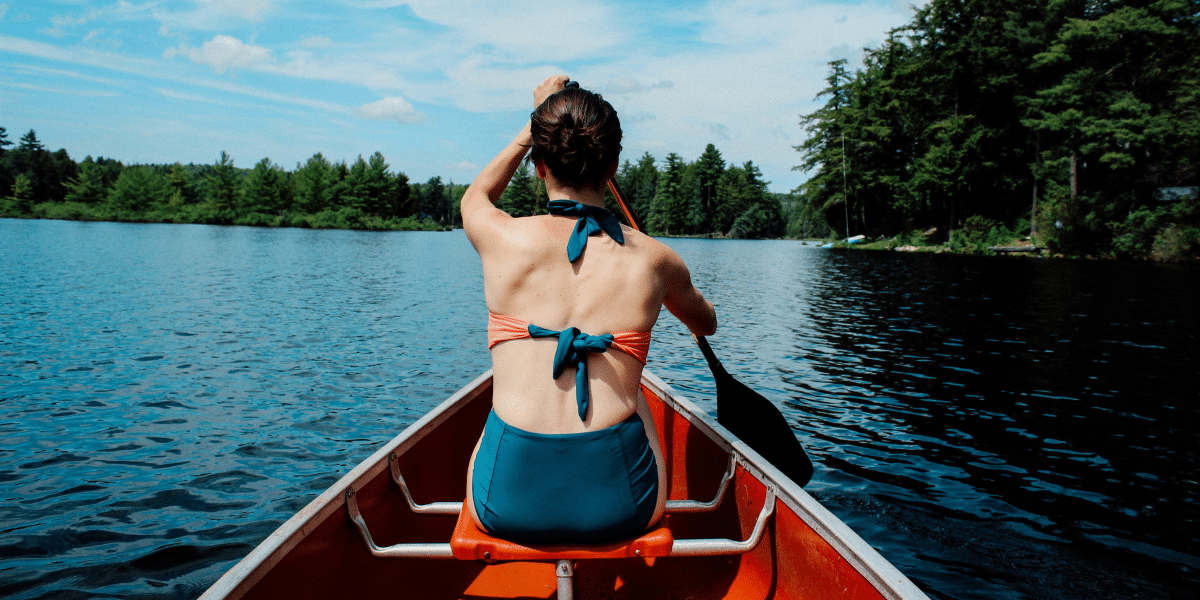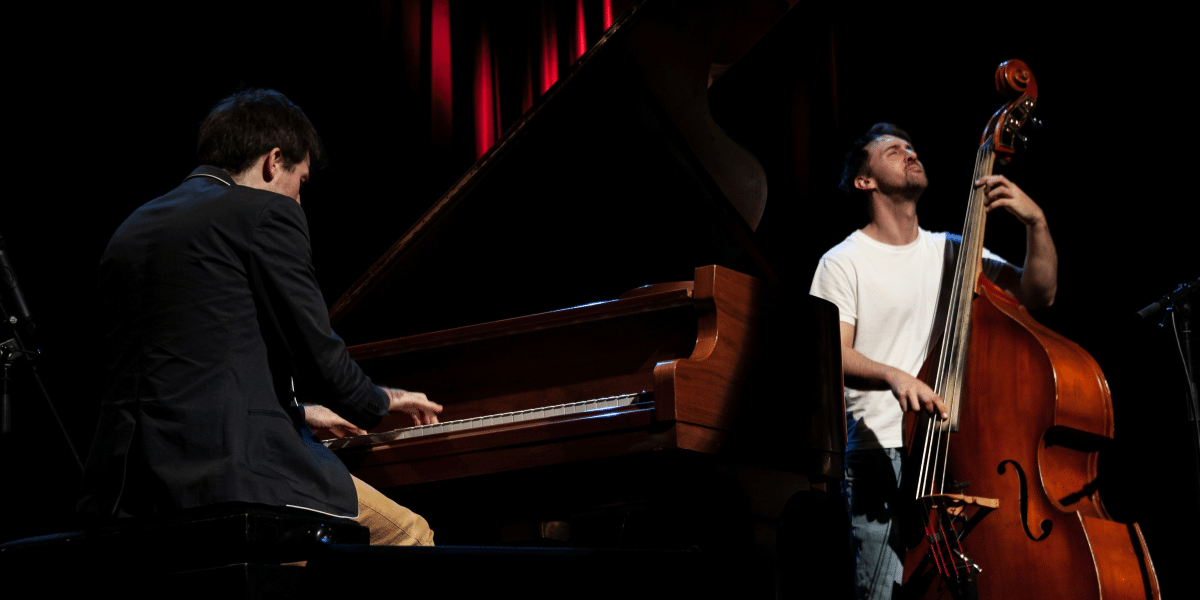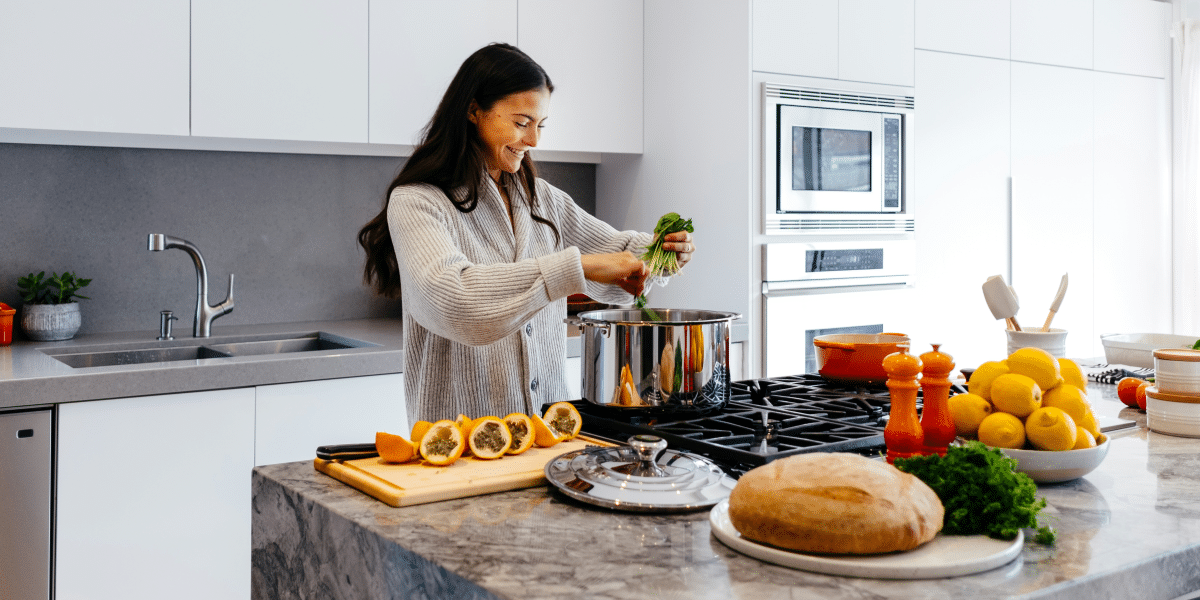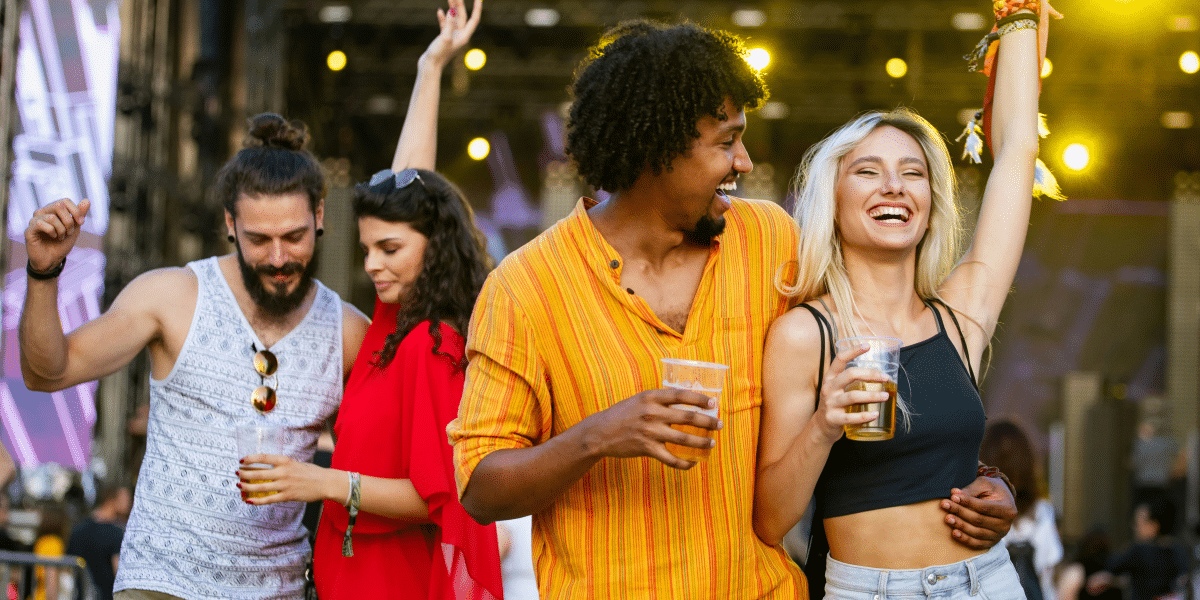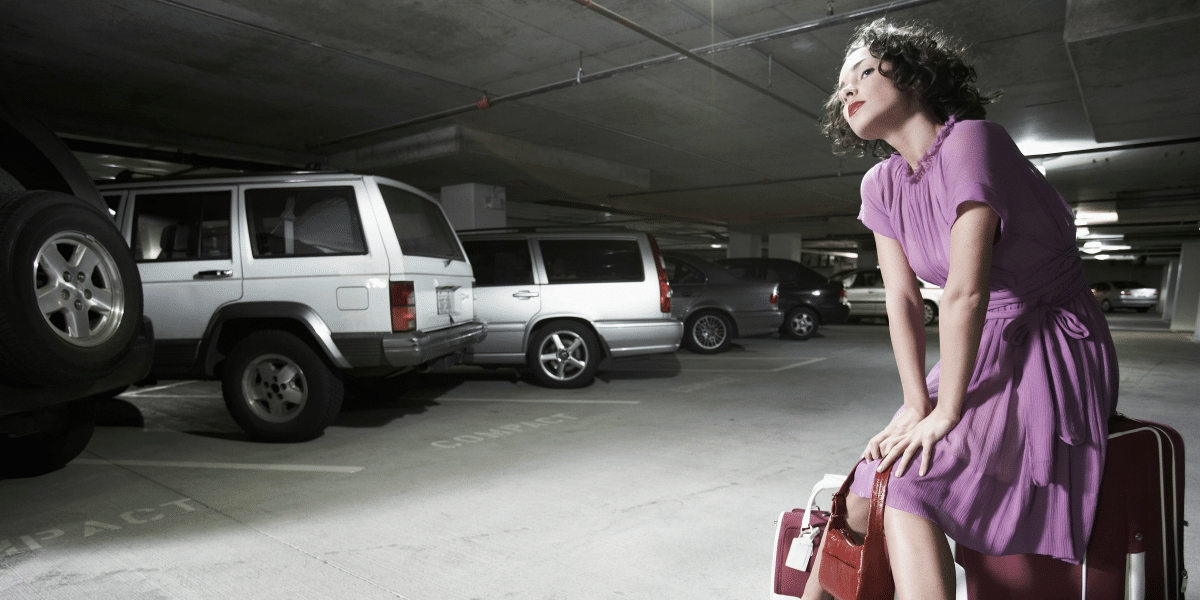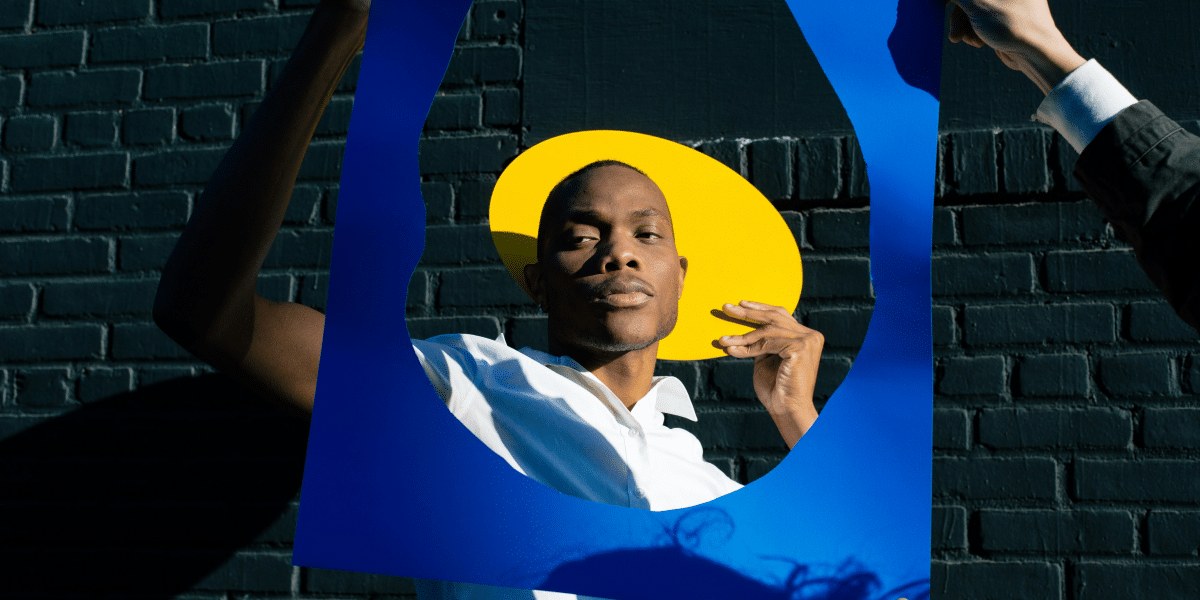Gun Hill Six, a collective of Bronx-based artists, held a one-day-only exhibition titled “Dancers Every Night!” at Bronxlandia this past fall. New York Weekly sat down with the founder of the group, Robert Berardi, an artist and Bronx art teacher. Berardi is a figurative painter whose work revolves around the life of a single character, “Desiree.” He was part of the first-wave Williamsburg art scene, where he learned how to mount DIY art events. He was a scholarship member of the Salmagundi Club. He started teaching art in 2007 at BCC Prep in the South Bronx, a position he still shows today. He has selected a number of his students to be a part of the collective.
New York Wire sat down with Berardi to learn more:
How did you get started in art?
Berardi: I’ve been creating -writing, drawing, songwriting for as long as I can remember. In fourth grade, I made a Mad Magazine-like comic book, copied it on a Xerox, and sold copies door-to-door in my neighborhood.
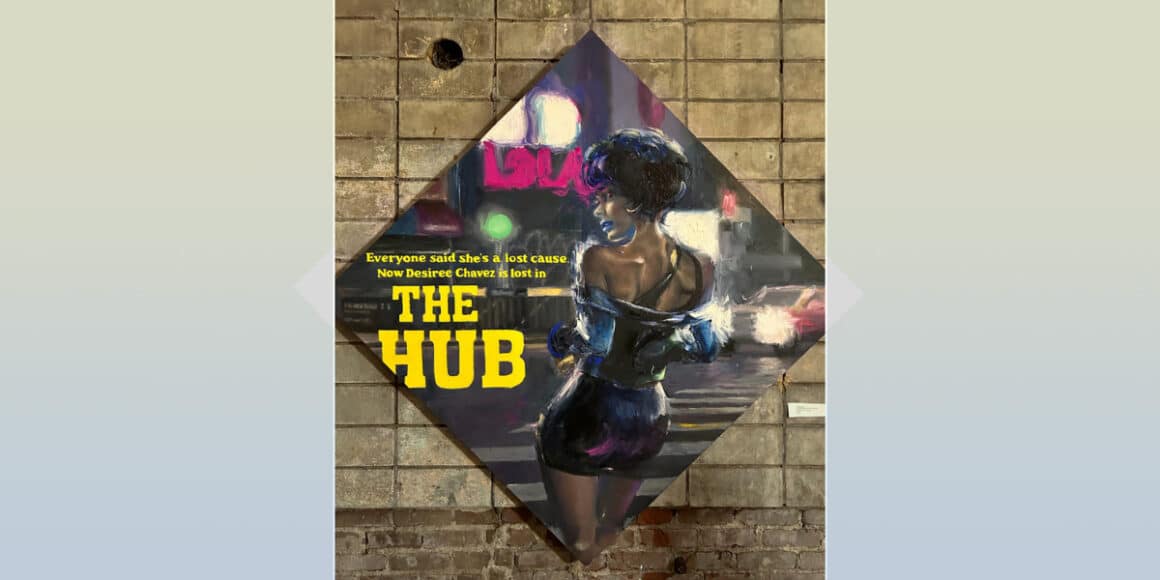
Who is your character, Desiree?
Berardi: In the Spring of 1988, while I was a sophomore at the University of the Arts, I heard a song on WPST (Trenton) called “Desiree” by Secret Lovers, a local bar band. I started writing a screenplay with a minor character — a teen runaway named Desiree — who seemed to steal every scene until her suicide at the end of Act I. I shelved it when readers agreed that Desiree was the story’s only compelling character.
That fall, an illustration professor assigned us to portray alienation. Drawing pad in hand, I walked through the aftermath of a hurricane to a corner in North Philadelphia with freight tracks overhead and a view of a neon cross on the lonely corner. I was drawing the male character from my old screenplay when an incarnation or apparition of Desiree walked across the corner and into the night. I drew her for the first time, and by the reaction from my classmates at the critique, it became clear that there was something magical about Desiree.
A slightly older version of her, as an aspiring actress in NYC, was the subject of my senior thesis, which tied New Yorker cover artist Harry Bliss for first place. In the late ’90s, I explored Desiree’s backstory: Her mother, Gloria, grew up affluent in Santiago, Dominican Republic, while her father grew up poor in San Pedro de Macoris. They elope and move to New York, where it soon becomes clear that Gloria’s money will run out if they stay. They move to Western Connecticut, which is the setting for the children’s book I wrote (and am now illustrating), “Angel on the Farmhouse Roof,” featuring a 6-year-old Desiree. Her preteen years are chronicled in the comic strip “No Rodeo,” which, in the early 2000s, was developed by United Media, was a regular feature in Latin Teen Magazine, and appeared in several “Chicken Soup for the Soul” books.
A recent painting featured a crossover from the comic strip: Desiree, at age 11, standing in a waterfall during her only return to the D.R. Each new painting shows a pivotal moment in her story. There’s a meta element to it as well: a character who’s an actress playing the character of herself. To my knowledge, Desiree is the only fine art character of its kind.
What artists inspired you to become an artist?
Berardi: My favorite artists are El Greco, Picasso, de Kooning, Warhol, and contemporary artists Martin Campos & Zoe Frank. But I am equally inspired by film directors like Lynch, Kubrick, Scorsese, Tarantino, & Spike Lee, as well as photographer Cindy Sherman.
Tell us about your creative process.
Berardi: My creative process: I believe in Nietzsche’s recipe for art: to combine the Apollonian (light & clear) with the Dionysian (murky & wild). I am not very prolific. I let things well up in me for weeks, sometimes months until I get “the flicker,” a lucid image (usually of Desiree) that I see in my head. I’ll do a sketch and get a favorite model to pose for photos. I typically set a box of nuts & dried cranberries out and open a bottle of mezcal. I’ll tape reference and inspiration to the wall, open a 48 x 48″ canvas, tip it 45 degrees to a diamond shape, set my palette up on the left (even though I’m a righty), and I’m off.
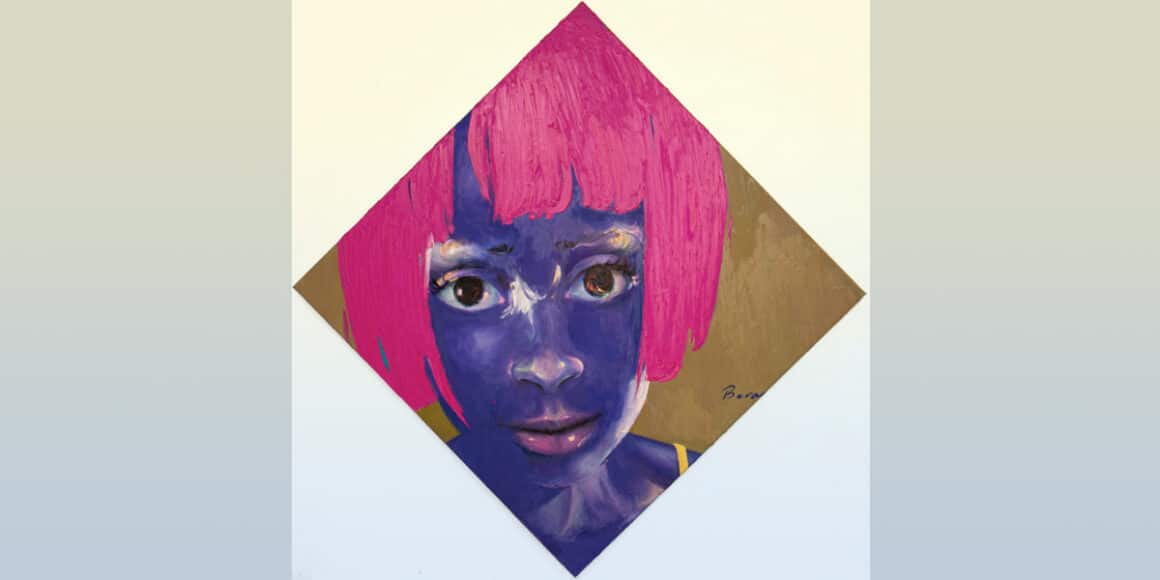
It’s wholly immersive; I go into the world of the painting. I often paint naked, music blasting, in a sort of trance. So it’s very Dionysian, but the Apollonian comes through because even while I’m in this feral state, I need to be true to the original flickering vision, so I’m checking the anatomy, linework, lighting, etc. I fingerpaint with the outside edge of my right pinky, with curving swipes that are more in the manner of a palette knife than a brush.
It would be much easier, of course, to paint with a brush, but the process – having nothing but paint between me and the canvas – feels sensual and wild. There’s a transcendent oneness with the medium that could never be duplicated digitally.
Why did you start Gun Hill Six?
Berardi: I saw a few artists I follow on Instagram using the hashtag #thehighlinenine, which I mistook for a Chelsea art collective (The High Line Nine is actually that group of galleries under the High Line, including Sugarlift). Anyway, my mistake inspired me to form a scrappy Bronx collective that I would call The Gun Hill Six. I always liked the idea of a collective: you have this group of artists or writers, and everyone has their own personality, their own style, their own ideas, but together they’re this larger thing. You become like a street gang, but with art supplies instead of weapons, ready to take on the city. And I wanted to help a few deserving students.
What is next for you and the Gun Hill Six?
Berardi: Our DIY shows are a lot of work, so right now, we can only do them twice a year. I’m working on a new (non-Desiree) painting, which should be quick, and then I’d like to do a few illustrations for the children’s book. Obviously, the process for that is much more civilized than for the paintings. In the new year, I’ll start a new painting. I’ll start scouting locations for a Spring GH6 show and meet with Nicholas (Kofi) and AJ, and then the others. We’re open to working with any galleries or museums that would be a good fit for our funky style.


